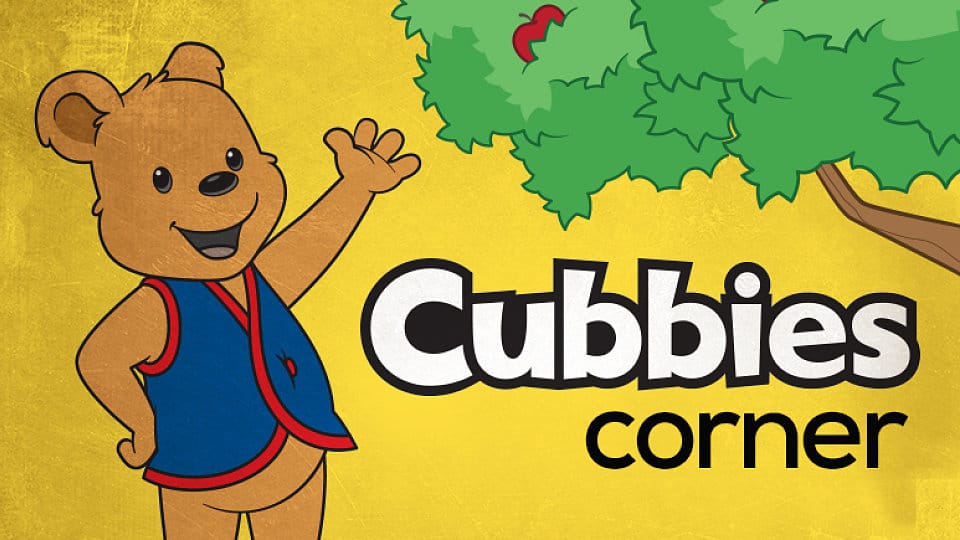3 Tips for Teaching Cubbies

All Cubbies have different personalities, learning abilities, and maturity levels. There’s the Cubbie repeatedly reminding you that she already knows the story, the Cubbie always asking tough questions, the Cubbie staring at a bug in the window before poking the leader behind him, and the Cubbie struggling with the verse each week. Here are three tips for teaching cubbies to make each lesson count.
1. Repeat, repeat, repeat…
And repeat and repeat some more. Cubbies suck up every piece of information they can. The problem is that they collect information at different rates. And many times, that information doesn’t get clearly stored but instead ends up in giant, messy piles.
By repeating, we keep them collecting the same information until they can recognize it, process it, and clearly store it.
Each week, my director hid a box with a Bible inside, and a Cubbie got to find it. When the Cubbie pulled the Bible out, the director said, “The Bible is the greatest treasure, and everything in it is true.” By the end of the club year, all the Cubbies knew without opening the box that the Bible was inside and that it was true without the director’s reminder.
2. Combine questions with actions
Here’s a newsflash for you: Cubbies have energy. Some release it in chains of questions and stories that can lead you away from the lesson or can be confusing to their fellow Cubbies. Others release it in ways that have nothing to do with the lesson and are simply distracting. I had one Cubbie who just could not sit still, often bursting into giggles after poking neighbors or trying to climb onto a leader’s head.
Asking questions engages the thinkers and story-tellers while keeping us in control. Using actions engages the other Cubbies, as they love group actions. By using questions and actions together, we help focus the Cubbies on the story and channel their energy into a lesson enhancement.
To teach the Cubbies the story of Jesus calming the storm, my director asked them about what makes a storm. When a Cubbie answered, an action followed. For waves, they waved their hands up and down; for thunder, they stomped their feet; for wind, they whistled. To help them understand that the disciples were afraid, she asked for personal stories, and then followed up by having the children show their scared expressions. All the Cubbies understood how mighty Jesus was by the end of the lesson.
3. Speak Preschool
We know that the biblical world is full of big words such as “sanctification.” We also know many Cubbies can’t even pronounce those big words, let alone understand them.
But this doesn’t mean Cubbies can’t understand the basics such as power, love, or the gospel. We just need to teach them with terms they already know. They know power because they know superheroes have great power. They know love because they know mom and dad love them. They also know trust; trust is natural for them until, sadly, they learn otherwise.
When we teach stories such as Jesus calming the storm, Cubbies learn that Jesus has incredible power, He loved His disciples, and His disciples could trust Him to take care of them. From this story, the children can learn that Jesus loves them too, and they can trust Him to take care of them — the heart of the Gospel.
